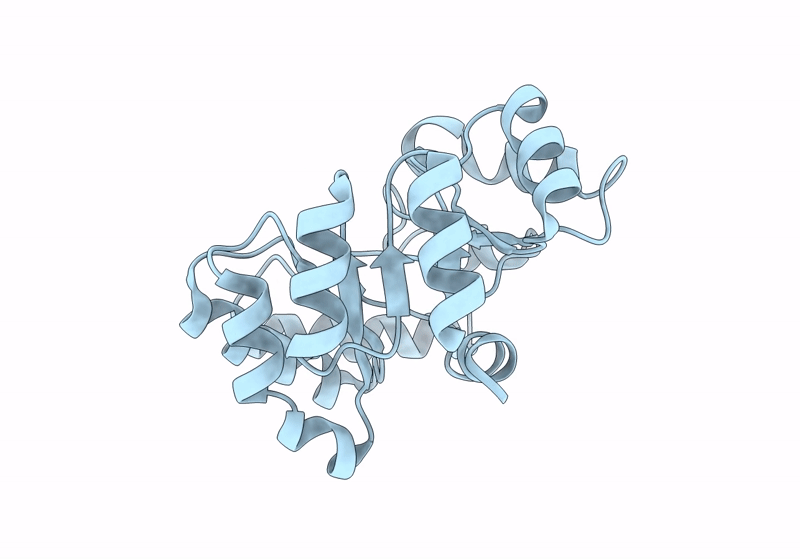
Deposition Date
2023-05-20
Release Date
2024-04-24
Last Version Date
2024-10-16
Entry Detail
Biological Source:
Source Organism:
Host Organism:
Method Details:
Experimental Method:
Resolution:
3.68 Å
Aggregation State:
PARTICLE
Reconstruction Method:
SINGLE PARTICLE


